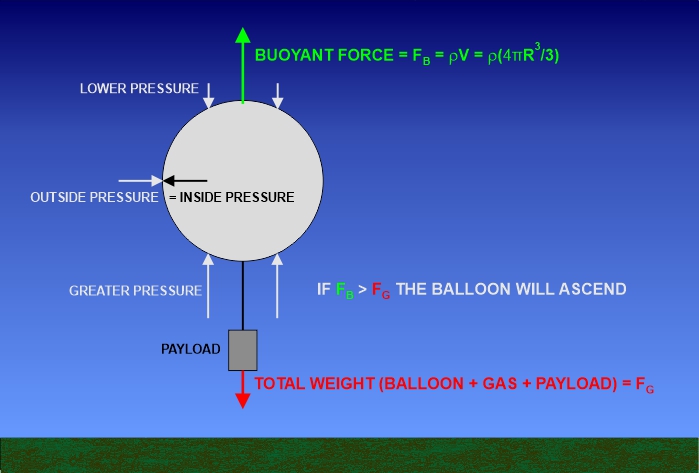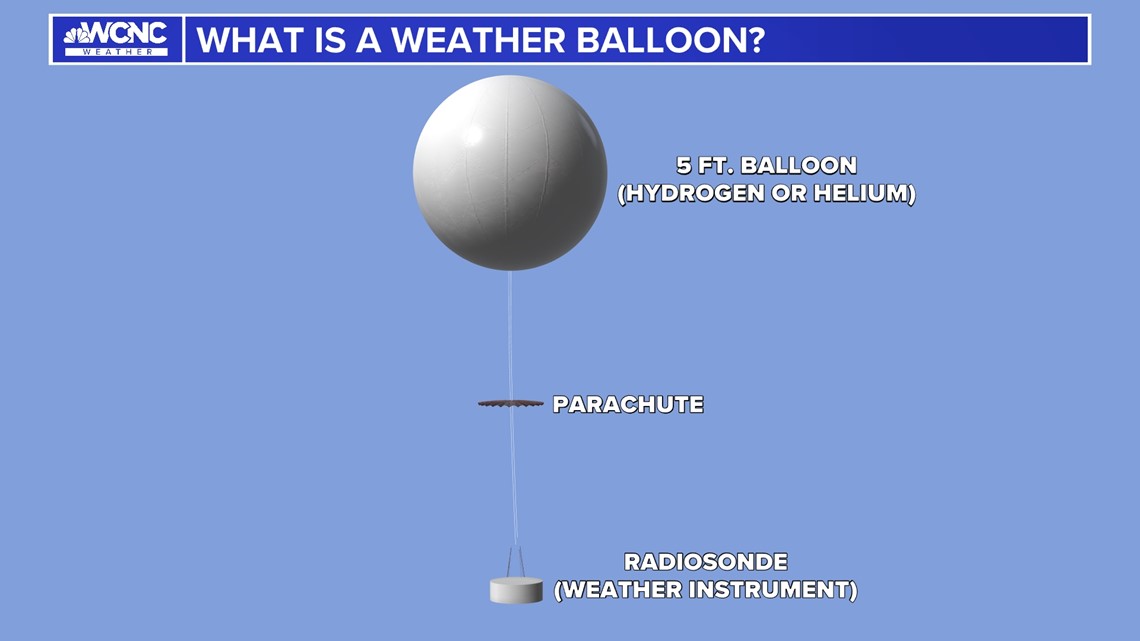Alright, so, the other day I got this wild idea to mess around with weather balloons. Yeah, those big things that float up into the sky. I’ve always been a bit of a weather geek, and I figured, why not try to predict the weather myself? Plus, it seemed like a fun project to do.

So, I started by getting my hands on a weather balloon. It wasn’t as easy as I thought it would be! But after some searching around, I managed to find a place that sold them. I also got this thing called a radiosonde. It’s basically a small box packed with instruments that measures a bunch of stuff like temperature, humidity, and pressure.
Getting the Balloon Ready
First things first, I had to fill the balloon with helium. Let me tell you, those balloons are huge! I felt like a kid with a giant party balloon, except this one was way bigger, probably about 4-5 feet across. I tied the radiosonde to a string and attached it to the balloon. It looked pretty cool, if I do say so myself.
Launching the Balloon
Launching the balloon was the most exciting part. I found an open field, checked the wind direction, and let it go. It went up pretty fast, about 1,000 feet per minute. Watching it float away, I couldn’t help but feel a sense of wonder. It’s like sending a little piece of yourself up into the sky.
Tracking and Collecting Data
As the balloon went up, the radiosonde started sending back data. I had this receiver hooked up to my laptop, and I could see all the readings in real-time. It was fascinating to watch the temperature drop and the pressure change as the balloon climbed higher and higher. I made sure to record everything meticulously. I felt like one of those scientists in the movies, tracking some important mission.
Analyzing the Data
After the balloon was long gone, I sat down to analyze the data. I made all these graphs and charts, plotting temperature, humidity, and pressure against altitude. It took me a while to understand what all the numbers meant, but I had the help of some guides on the internet. I also learned about how to interpret those data to predict weather patterns. It’s amazing how much information you can get from a simple balloon. Every chart was like a small victory, a piece of the puzzle.

Results and Reflection
In the end, I managed to make some basic weather predictions based on the data I collected. I even compared my predictions to the actual weather, and I was right more often than not! It was a great feeling to see my predictions come true. It wasn’t perfect, but it was a start. I learned a lot about the atmosphere and how weather works. Plus, it was just a lot of fun to do something different. This whole experiment took me a couple of days, from planning to actually analyzing the data. It was a bit tiring, but totally worth it.
I’m definitely planning on doing this again. Maybe next time, I’ll try to launch the balloon even higher or use more advanced instruments. It’s like a whole new world of possibilities has opened up. This project has really sparked my curiosity, and I can’t wait to see what else I can discover. If you’re ever bored and looking for something interesting to do, I highly recommend giving this a try. It’s a great way to learn and have some fun at the same time!
I also realized how important these balloons are for accurate weather forecasting. It might seem old-fashioned, but it’s still a crucial method. There’s something magical about using such a simple tool to understand something as complex as the weather.
I’m thinking of making a video of my next launch. It would be cool to share the experience with others. Maybe inspire someone else to try it out. After all, science is all about sharing and learning together.
